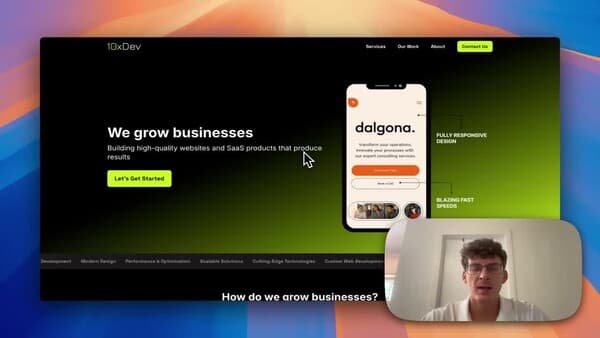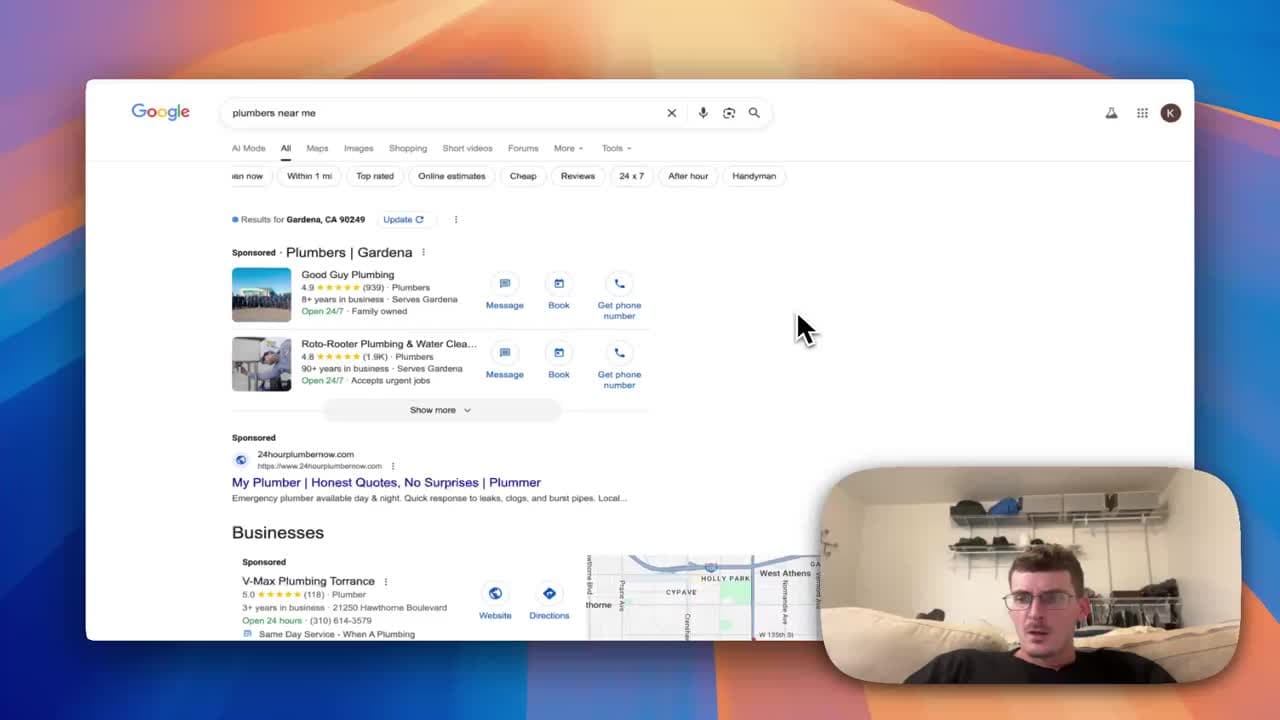Quick Technical Audit: How to Use Chrome Lighthouse to Improve Performance, SEO, and Accessibility

Why a Technical Audit Matters
A technical audit helps you identify issues that can hurt user experience, search visibility, and conversion rates. Common focus areas include performance, accessibility, SEO, and best practices. Running a quick audit is the fastest way to spot problem areas and prioritize improvements (Google SEO Starter Guide).
One of the easiest tools to get started with is Chrome's built-in Lighthouse audit. It's free, fast, and provides actionable insights for developers, designers, and marketers alike.
What Is Lighthouse?
Lighthouse is a diagnostic tool built into Chrome DevTools. It runs automated tests against a page and reports scores and recommendations across these categories:
- Performance
- Accessibility
- Best Practices
- SEO
Because the web is mobile-first, Lighthouse also lets you test mobile performance, which is critical for modern SEO and user experience (Google: Mobile-First Indexing).
Step-by-Step: Run a Lighthouse Audit
Follow these simple steps to run a mobile-first audit in Chrome:
- Open the page you want to test in Google Chrome.
- Right-click anywhere on the page and choose “Inspect” to open DevTools.
- In the DevTools panel, select the “Lighthouse” tab.
- Choose the device type - select “Mobile” for a mobile-first audit.
- Select the categories you want to evaluate.
- Click “Generate report” (or “Analyze page load").
Lighthouse will load the page, run its checks, and present a report with scores and detailed recommendations.
Interpreting Lighthouse Results
- Scores: Each category receives a numeric score (0–100). Green scores (90+) indicate strong performance, while yellow and red highlight areas needing attention.
- Diagnostics: Includes metrics such as Largest Contentful Paint (LCP), Total Blocking Time (TBT), and Cumulative Layout Shift (CLS).
- Opportunities: Specific suggestions to improve performance with estimated time savings.
- Passed/Failed Audits: Clear indicators for accessibility, SEO, and best-practice checks.
For example, a Performance score of 96 means the page is well-optimized, but you should still review the Opportunities and Diagnostics to catch incremental gains.
Quick Wins and Next Steps
After you run the audit, consider these next steps:
- Prioritize fixes by impact: Start with items that yield the biggest UX or SEO improvements.
- Address Core Web Vitals: Focus on LCP, TBT/FID, and CLS, since they directly affect search ranking and user experience.
- Optimize assets: Compress and serve responsive images in modern formats like WebP.
- Minimize render-blocking resources: Defer or async non-critical JavaScript and CSS.
- Improve accessibility: Fix missing alt attributes, color contrast issues, and ARIA labeling problems.
- Re-run regularly: Run audits after major changes and periodically to catch regressions.
👉 If you’re ready to take this further, explore our specialized services:
Best Practices for Testing
- Run multiple tests: Network conditions and page variability mean one run is not always representative.
- Test representative pages: Audit your homepage, landing pages, and key templates.
- Use lab and field data: Combine Lighthouse lab data with real-user metrics (e.g., Chrome UX Report or analytics).
Conclusion and Call to Action
Running a Lighthouse audit is a fast, effective way to surface technical issues affecting performance, accessibility, and SEO. It only takes a few minutes and gives you a prioritized list of improvements.
Try it now on your site: open Chrome, run Lighthouse as a mobile audit, and review your scores. If you’d like expert guidance, contact us and we’ll help you prioritize fixes for long-term growth.

